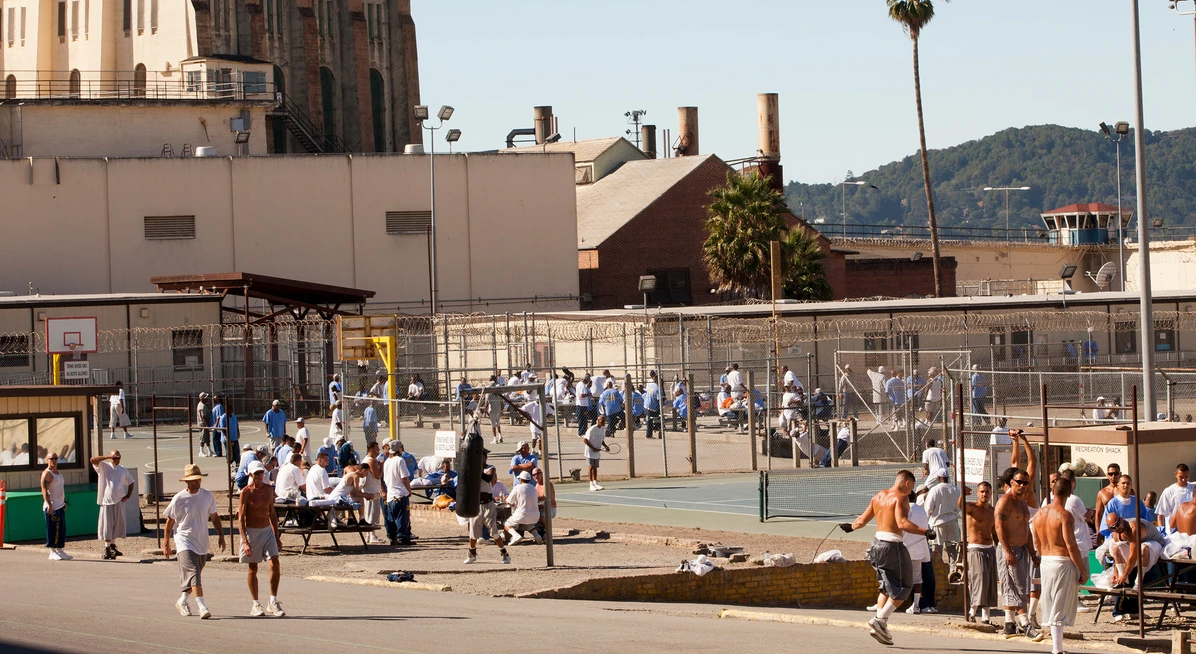Why Temperatures in Prisons and Jails Matter

In the past month alone, 41 heat records were set across the country with temperatures as high as 112 degrees.
Who is bearing the brunt of this? The 2.2 million people living in over 6,000 jail and prison facilities across the United States.
Temperatures inside jails and prisons can often exceed 100 degrees. The heat index—a measure of how hot it really feels when humidity is factored in with the temperature—can reach as high as 150 degrees.
The consequences of these heat waves can be severe. A Columbia Law School climate study estimated that most of those incarcerated did not have air conditioning in their units. Exposure to high heat alone can lead to increases in aggression, suicide, poor cognitive functioning, and overall poor mental health. What’s more, over 20 percent of people incarcerated in U.S. prisons have a mental illness, and an aging prison population means that many individuals are suffering from medical conditions like high blood pressure. Psychotropic drugs and high blood pressure medications can both disrupt the body's ability to regulate heat and cool itself down—meaning that many people in prison face higher risk of overheating.
In serious cases, overheating can lead to death. In 2011, ten people incarcerated in Texas prisons died from heat-related causes—setting off a series of lawsuits that ended with the state agreeing to place permanent air conditioning amenities inside units. In the last week of July 2018, as temperatures in the South reached over 100 degrees, nearly a dozen incarcerated people and staff in Texas were treated for heat-related illnesses.
Those incarcerated have little control over how they live. During heat waves, facilities without air conditioning may offer water and ice, train staff to recognize heat-related illness, and place fans in common areas. But, as one incarcerated person admitted,“[O]nce the temperature exceeds 95 degrees Fahrenheit, the fans simply circulate hot air.” Despite these small preventive measures, it is not enough, particularly when most states do not require their correctional facilities to regulate their temperatures and implement a maximum temperature. Without this safeguard, temperatures inside our nation’s jails and prisons will continue to soar—placing incarcerated people at the will of the climate.
While there is no national statistic of how many incarcerated people have died from heat-related illnesses, the stories stay with us. From melting shoes in Arizona camps, to New Hampshire prisoners flooding cells to try and cool themselves down, to the videos of air conditioning-deprived incarcerated people screaming for help in St. Louis. These are all reminders of our desperate need to ensure that human dignity is protected inside prison and jails.
